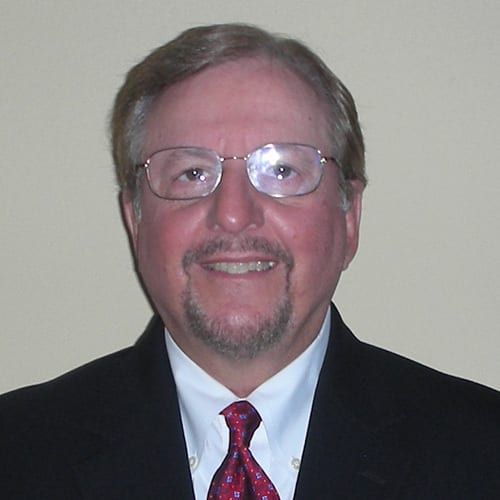
Tony Macaluso
Chairman, IICRC Odor Control Technical Advisory Committee
Can you highlight your most memorable odor removal project and why it stands out?
Q:
A: My first trauma scene remediation and the safety, or lack thereof, regarding personal protection equipment (PPE) and how the biological odors can penetrate into your clothing and your skin without utilizing the PPE.
What are the most common missteps or misconceptions you see related to odor removal?
Q:
A: The most common misstep is that individuals often go into odor projects with preconceived thoughts/notions as to what is causing the odor, e.g., there are pets in the home, therefore, that is the source of the odor when it may not be a factor. Also, not acting as a private investigator, i.e., asking questions, surveying the surrounding areas, etc.
Another misconception is that we have this chemical or piece of equipment that magically takes care of the odor. Odor removal often requires a combination of techniques, i.e., source removal, cleaning, recreating the conditions of odor penetration and encapsulation (sealing). Every job is unique and may not require all these steps, which are in accomplished in sequence.
What are the top tools odor removal professionals should have in their toolbox?
Q:
A: First and most important is training in understanding how individuals perceive odors and, too, what is a “real” and “psychological” odor. As to the tools: All odor control chemicals/equipment are in my toolbox, e.g., bacterial enzymes; water- and petroleum-based and vapor phase pairing agents; oxidizing agents/gases such as ozone and hydroxyl generators, chlorine dioxide, etc. Depending on the type of odor and the surfaces affected, it may require and combination of these at various stages of the project.
What are your top predictions and/or hopes for the future of odor removal?
Q:
A: Businesses and home owners today are more aware and concerned not just about the discomfort of a bad odor environment but also about their health. There are odors in all aspects of our industry, whether it is in cleaning, restoration or construction. My hope is that companies, in order to become successful, will realize the importance of understanding odor control and further their education.
What key resources do you turn to for continued education in odor removal?
Q:
A: Articles within journals such as R&R, Cleanfax, Rutgers School of Environmental and Biological Sciences, and EPA; Cannabis Business Times; IAQ.
About Tony
Tony Macaluso has been in the cleaning and restoration industry for more than 40 years. He is certified as a Master Textile, Master Fire and Water Damage Restoration Technician and Senior Carpet Inspector with the IICRC, and currently serves on their Technical Advisory Board as Chairman of their Odor Control Committee.
